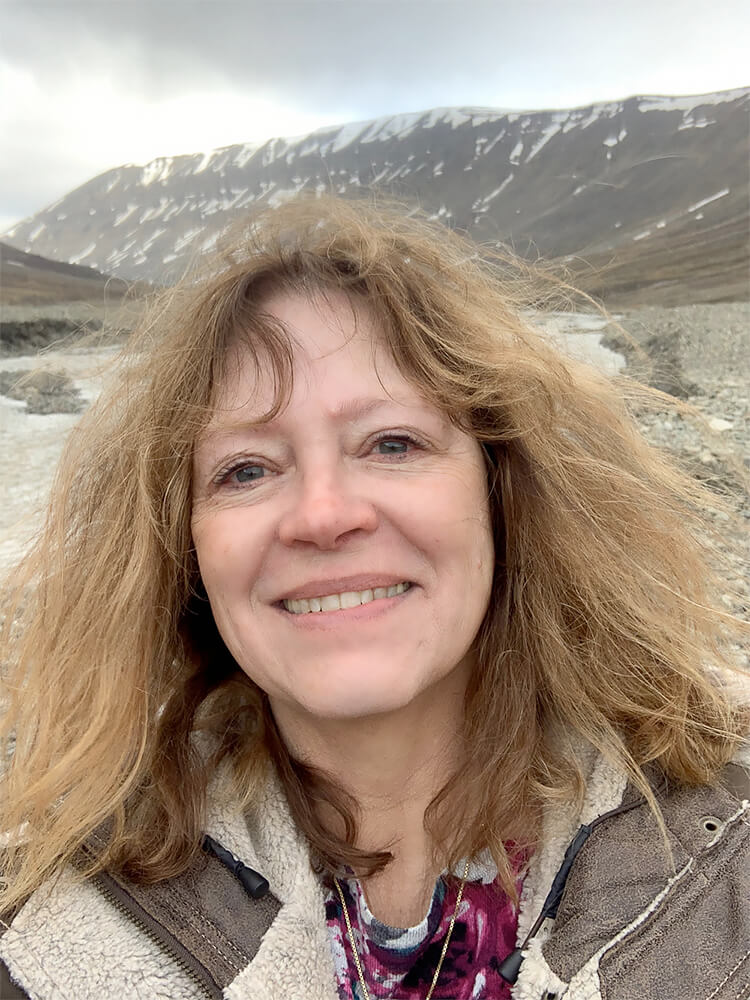I describe myself as an artist using a camera rather than as a photographer since I am more concerned with creating an emotional connection with the viewer rather than technical perfection. After living most of my life in the Pacific Northwest, I went to Greenland in 2017 and everything changed. I fell in love with the high arctic. In 2018 I had artist residencies in both Svalbard and Iceland. In 2019, at a time when most people my age are thinking about retirement and grandchildren, I packed seven suitcases, and moved to Longyearbyen. Now I live in the world's northernmost town on the archipelago of Svalbard. I work almost exclusively in the arctic. My work, both painting and photography, have been exhibited nationally and internationally. In 2019 I was honored to receive the Vision Excellence Award from the Miami Photography Center during Art Basel Miami for best work in a series. Svalbard: Land without Borders which is an ongoing project. My work has been collected by Adobe, Corel Draw, and the City of Seattle.
About the work:
In the arctic, glaciers ten thousand years old rise in shimmering cliffs of light. These ice rivers calve towering icebergs with life spans of only two years. The paleocrystic beauty of the high arctic is as rich as any Tahitian sunset. There is a struggle between those who would exploit the arctic, and those who would preserve it. I have chosen to document these changes in Svalbard, the last land without borders on our planet.
My goal is to engage a heart-felt reaction in the viewer. I believe the artist must have a passion for her subject, and a core need to communicate that passion. My hope is that my work will show the arctic's beauty so that people will choose to preserve it. We need the ice. Not just for environmental reasons, but also to maintain the last truly wild, untouched place on our crowded planet.
